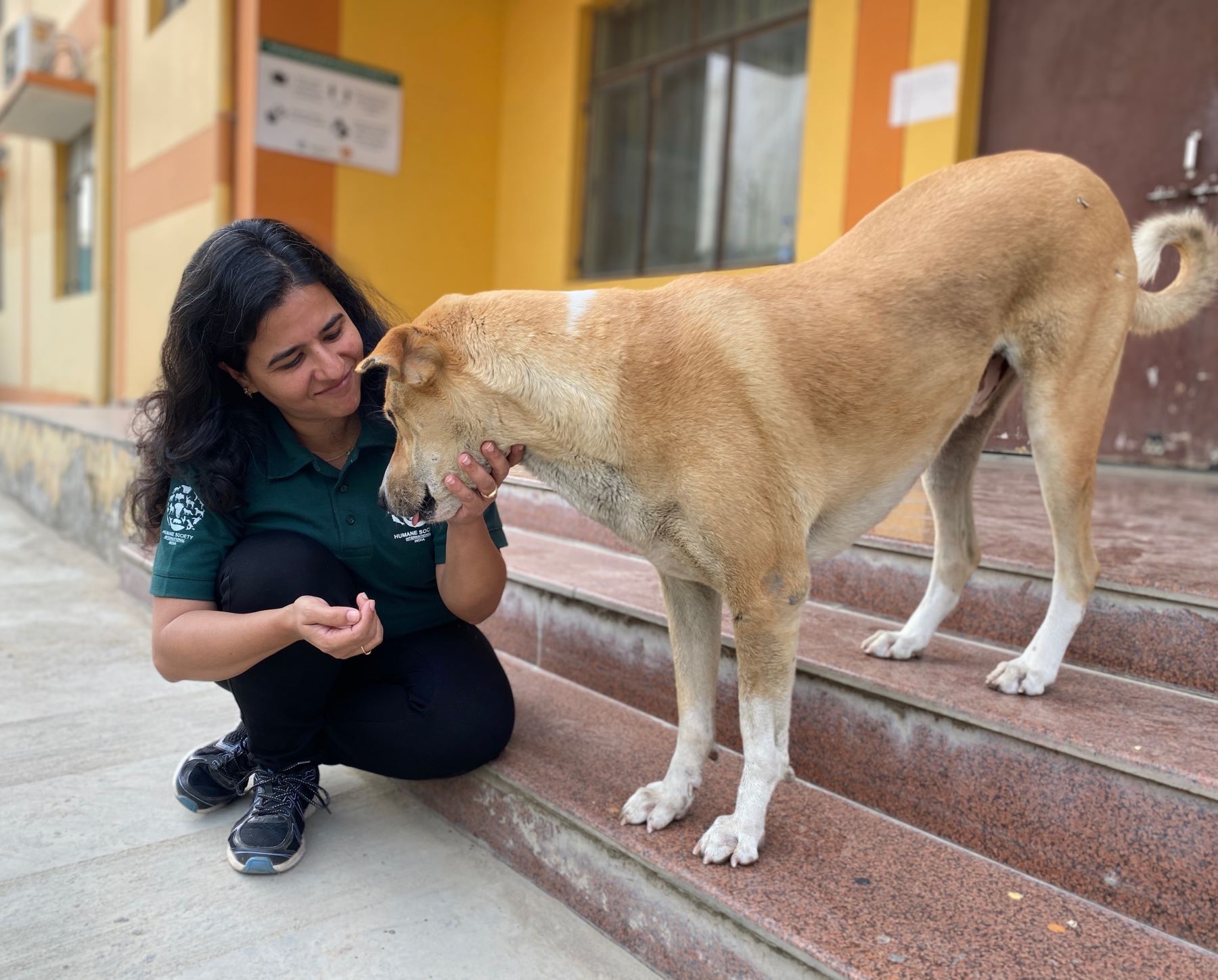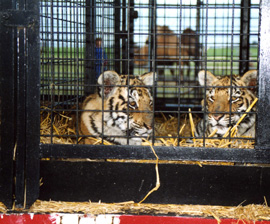
The situation for dogs and cats varies from culture to culture. In many places in the world, these companion animals are beloved family members, living in homes or yards or allowed to roam the streets. Despite their status, they may lack essential veterinary care, such as spay/neuter, vaccines and other treatments. In other regions, dogs and cats live on the streets and are considered community animals, cared for to some extent by members of the community. But these animals, too, often lack veterinary care. Some communities may dislike, or even fear, the dogs and cats living on the streets, leaving them to seek the most basic needs of food and shelter for themselves. Sometimes dogs are kept to guard property and cats to control pests but are unlikely to receive veterinary care or concern for their welfare. Regardless of their situation, the lives of both species are filled with misery in many parts of the world.
Challenges
Whether they are unowned street animals, community animals or pets, dogs and cats worldwide face challenges to their welfare:
- Animals on the streets often face starvation, abuse, injuries, illness and even death.
- Dogs are responsible for most cases of rabies transmission to humans, and both dogs and cats can spread a host of other diseases.
- Anywhere dogs and people coexist, particularly in densely packed urban areas, there is the risk of dog bites and road accidents caused by roaming animals.
- In many communities there is an economic toll to street animals, such as expensive human rabies post-exposure treatment and negative consequences for tourism.
- Governments, which are responsible for safeguarding public health and safety, often lack the resources and/or knowledge to develop and implement humane and effective programs to manage roaming dog and cat populations, and to tackle the associated public health issues. This lack of information and resources has led many governments to resort to cruel and ineffective means of population control, such as mass sheltering, poisoning, electrocution and shooting.
- Most veterinarians do not have training opportunities to develop skills in high-quality spay/neuter surgery to avoid unnecessary pain, suffering or death.
- Some families and individuals lack an understanding of the welfare needs of pets and roaming animals in their community, resulting in neglect and other forms of maltreatment.
- Adoption of homeless dogs and cats is still a relatively new concept in many countries. And, unfortunately, even in places where adoption is common, there are not enough homes available to keep up with the number of litters born.
Opportunities
Studies by Humane Society International and others show that in some countries, such as Chile, Bolivia and Mauritius, most roaming dogs are, in fact, owned. It is estimated that 35%-40% of the global population of dogs is allowed to roam without supervision. Similar studies show that dogs considered unowned are regularly given food by one or more individuals in a community or have ready access to food and water given their proximity to humans. Since the dog population size in any community is mainly dependent on the actions of humans, such as providing food and attention, we can improve animal welfare by creating opportunities for humans to behave positively toward animals in their community. Pet care education, community engagement and empowerment, training opportunities and accessible and affordable veterinary services are part of a holistic and humane approach to dog and cat population management.
Our work
Over the past 25 years, Humane Society International (HSI) has been developing culturally sensitive approaches to improving the welfare of dogs and cats, effectively and sustainably. We provide guidance to governments at all levels, local organizations, universities and veterinarians on ways to address the root causes of animal-human conflict and animal suffering.
The goals of our companion animal welfare programs are to:
- Provide access to affordable, high-quality veterinary services, including spay/neuter.
- Promote humane treatment of roaming dogs and cats; in particular, end the use of cruel and lethal management techniques.
- Strengthen and support the skills and capacity of local veterinarians to address dog and cat population management and welfare.
- Encourage positive human-dog interactions by fostering community engagement efforts to change human attitudes and behavior toward community and family animals.
- Establish sustainable programs by training and empowering local stakeholders to adopt and run these programs as their own.
To achieve these goals HSI promotes an evidence-based, humane and tailored solution that includes community engagement, sterilization, vaccination, education, monitoring and evaluation, advocacy, legislation, and well-run temporary holding facilities and adoption programs.
Together, these components provide the only scientific, effective and humane approach to improve dog and cat welfare in the long term.
Ways we help
The specifics of what we do are tailored to a location’s unique situation. The broad outline of our approach, after an initial assessment of needs has been completed, may include:
- Conducting outreach and establishing partnerships with municipalities, national authorities and local communities and animal welfare/protection organizations.
- Implementing monitoring and evaluation to establish baselines, measure progress and assess impact.
- Initiating or expanding existing sterilization programs.
- Initiating or expanding existing rabies eradication programs.
- Deploying mobile veterinary clinics to rural and underserved communities to provide affordable access to preventive and primary veterinary care.
- Providing training for local veterinarians, technicians and students in high-quality spay/neuter procedures.
- Training dog-handling personnel and community volunteers in humane dog and cat catching and handling techniques.
- Training teachers in Humane Education principles and lessons to integrate into their course curricula, focused on responsible pet ownership, how to prevent dog bites and compassionate treatment of animals.
- Empowering communities to be more engaged in understanding and caring for the welfare needs of the dogs and cats in their neighborhoods.
- Encouraging a culture of adoption.
- Intervening when governments take inhumane action against roaming animals.
- Assisting with the development, implementation and evaluation of successful programs and planning sustainable transitions to local stakeholders.
Other ways HSI helps dogs and cats
HSI assists governments in disaster preparedness and provides relief to animals in need, including dogs and cats, after disasters occur. We assist in the passage of laws and regulations to protect these animals. We also campaign against the dog and cat meat trade in parts of Asia. Our reach extends beyond the countries in which we have hands-on programs. HSI’s Veterinary Training Program in Latin America works with governments, universities and independent veterinarians to strengthen skills in high-quality spay/neuter surgery. The Humane Society of the United States and HSI organize Animal Care Expo, a conference offering attendees an opportunity to learn from experts in the field of dog and cat welfare and population management.
Where we work
HSI currently supports companion animal welfare efforts across Asia, Africa, Europe and the Americas. Through collaboration with local charities and government partners, HSI leads the way in humanely managing dog and cat populations through high-quality spay and neuter programs, improving veterinary training, and ensuring dogs and cats have access to veterinary care in under-served communities to create a more harmonious, safe and compassionate coexistence between people and animals.


















